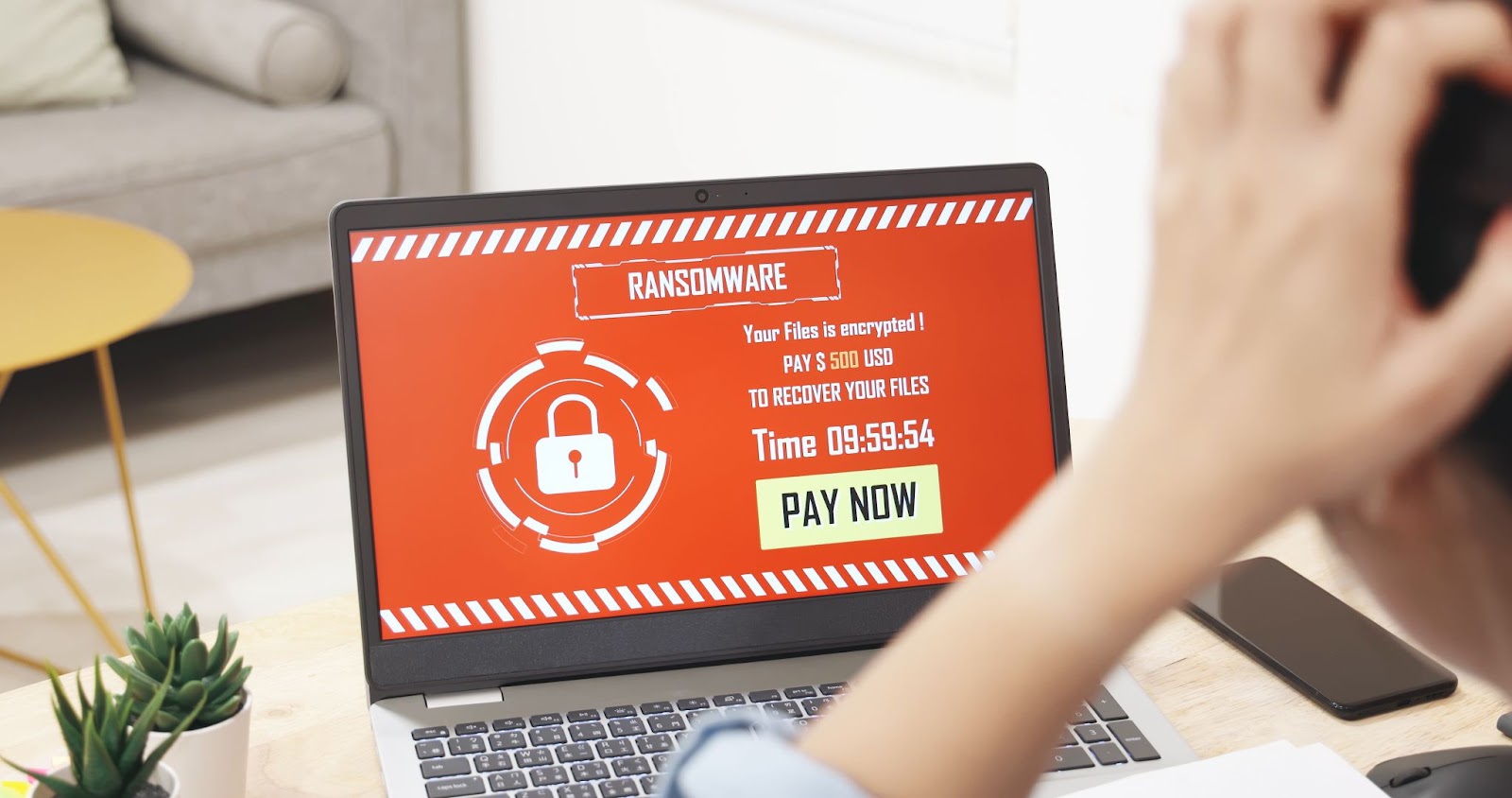Ransomware attacks are becoming more and more common. These attacks pose a serious threat to individuals and businesses alike.
In 2022 alone, there were 493.33 million ransomware attacks detected globally.
That’s why a ransome defense strategy is critical for protecting your valuable information. In this article, we’ll show you how to avoid ransomware so you don’t become a victim.
Let’s get started
1. Keep Software Updated
Hackers can find ways into vulnerable programs. That’s why software providers frequently release updates and patches. Once news gets out that an application has a weak point, cybercriminals are quick to exploit it. By updating your operating system, antivirus software, and third-party applications, you’ll minimize vulnerabilities that cybercriminals can exploit.
What are practical ways to check for updates?
2. Implement Strong Password Practices
If you’re like most people, you’re likely using the same, simple password for everything. Instead, try to use complex and unique passwords for all your online accounts. One way to easily keep track of passwords is to employ a password manager. With a password manager, you can safely store passwords and access them securely when you need to.
When you get the opportunity, opt for multi-factor authentication to add an extra layer of security. This means that the first time you log in from a new device, you’ll need to verify using your email or phone number that it’s
really you.
3. Exercise Caution with Email Attachments and Links
Be wary of unsolicited emails, especially those with attachments or links. Hackers will often use urgency as a way to convince you to open a file. You can verify the sender’s identity by closely examining their email domain. Before opening any attachments or clicking on links, try hovering over links to check their path before proceeding. When in doubt, play it safe.
4. Be Cautious of Phishing Attempts
Cybercriminals use phishing emails to trick users into revealing sensitive information or downloading threatware. They are masters of manipulation, and use social engineering to convince you to take action. This could be pretending to be someone you know, requesting urgent action, or threatening to reveal private information.
Usually, you can spot something “off” about the email – such as frequent grammatical errors or misspellings. Make sure to closely examine any links before clicking. If something seems suspicious, you can report emails to your email service provider.
5. Backup Your Data Regularly
Sometimes the best way to prevent ransomware is to prepare for the worst. If you could never get back into your device, do you have a way to access the data? Regularly back up your data to an external device or a secure cloud storage service. Ensure your backups are up-to-date and easily accessible in case of a ransomware attack. Consider automating the backup process.
6. Educate Yourself and Your Team about
Ransomware Defense
Stay informed about the latest ransomware trends and techniques. Educate yourself and your employees about best practices for cybersecurity, including identifying phishing attempts and recognizing suspicious activities.
If you’re a business, conduct regular training sessions to raise awareness among employees about the risks of ransomware and the steps they can take to mitigate them.
7. Use A Reliable Security Tool and
Ransomware Solution
Invest in reputable antivirus and antimalware software to provide real-time protection against ransomware. Choose a solution that offers robust features such as behavior-based detection and ransomware-specific defenses.
SUPERAntiSpyware™ can identify millions of malware, spyware, and ransomware programs, including unique and hard-to-find ones.
Identifies and eliminates a wide range of harmful threats such as malware, spyware, adware, trojans, worms, ransomware, hijackers, parasites, rootkits, keyloggers, and similar types of malicious software.
- Thoroughly examines your system by detecting forged and malicious files
- Provides information about installed applications and browser plugins, allowing you to monitor system alterations over time.
- Eliminates unwanted browser cookies and prevents pop-up advertisements by utilizing integrated SUPERAdBlocker Technology.
- Prevents ransomware attacks by safeguarding your files and thwarting hackers from encrypting them and demanding a ransom.
Learn about all of our products and find out why we’ve been downloaded over 65,000,000 times.
8. Practice Least Privilege
One of the best ways to defend against Ransomware is to make sure you’re granting users only the necessary access permissions to perform their duties. This is known as the principle of least privilege. In essence, the less people have access to critical or sensitive information, the less damage ransomware can do.
Conclusion
By following these tips, you can significantly reduce the risk of falling victim to a ransomware attack and protect your valuable data. Remember, prevention is key when it comes to cybersecurity. Stay vigilant, practice good security habits, and regularly update your defenses.

